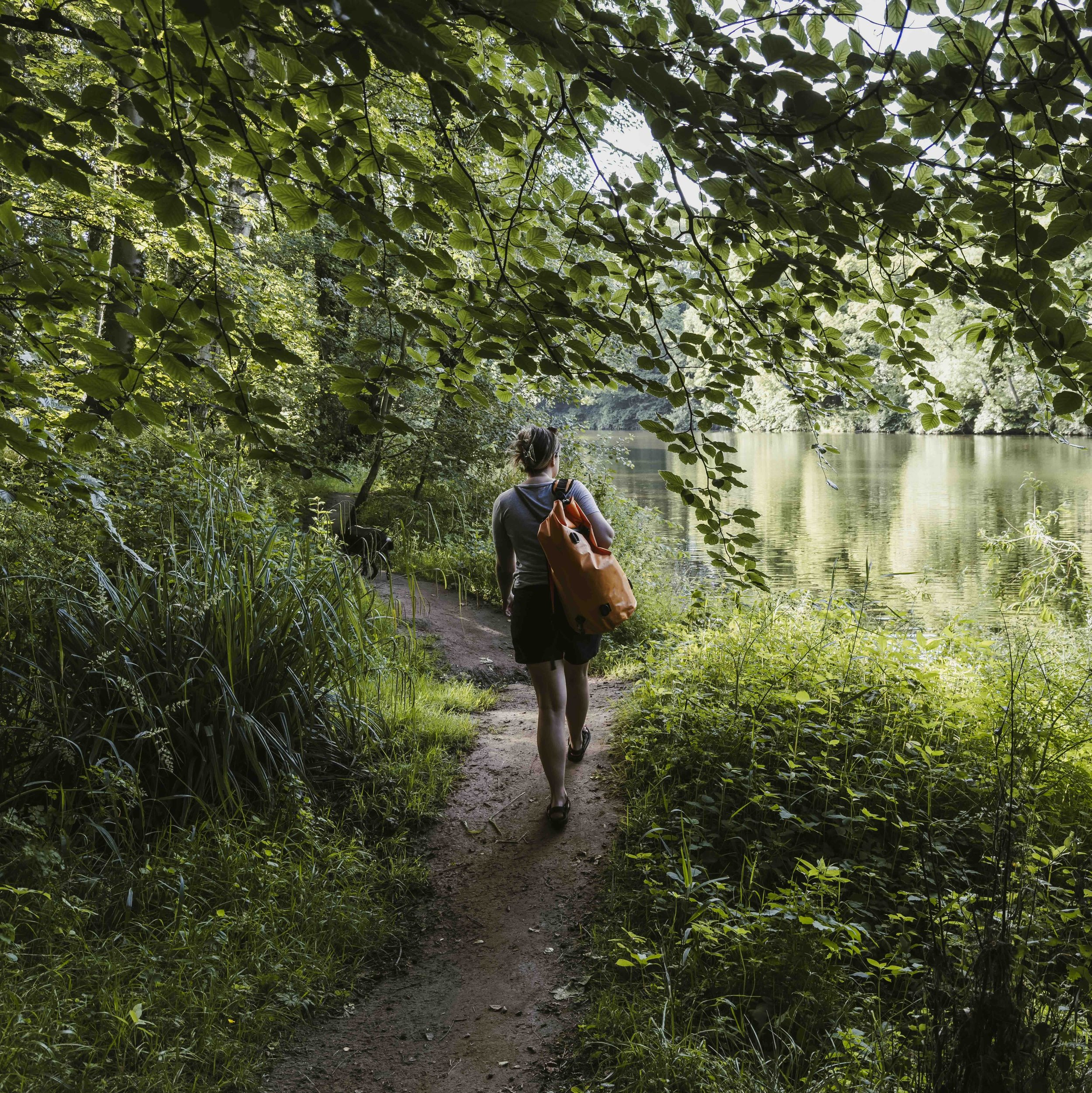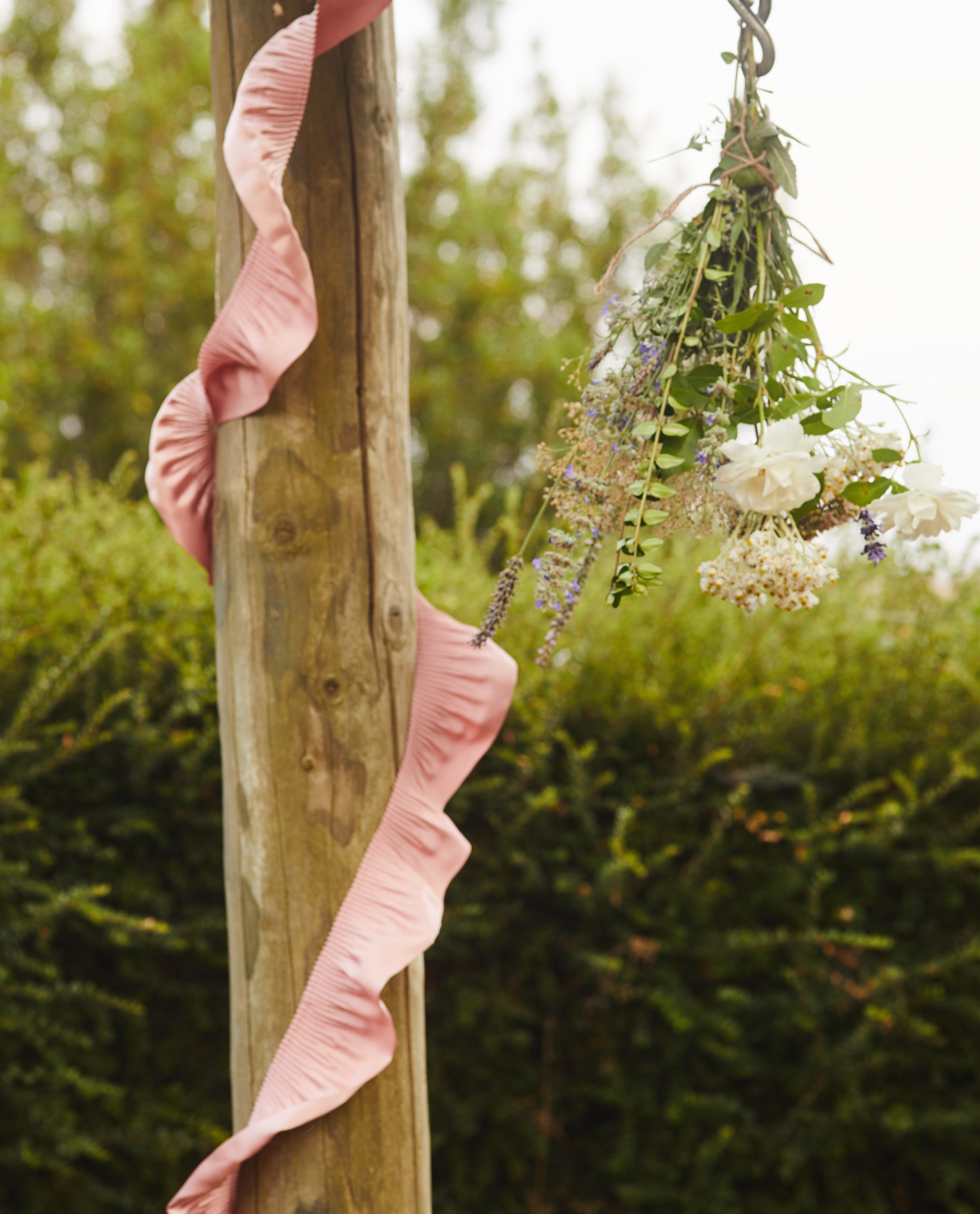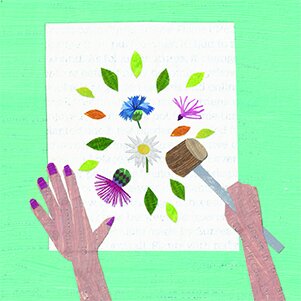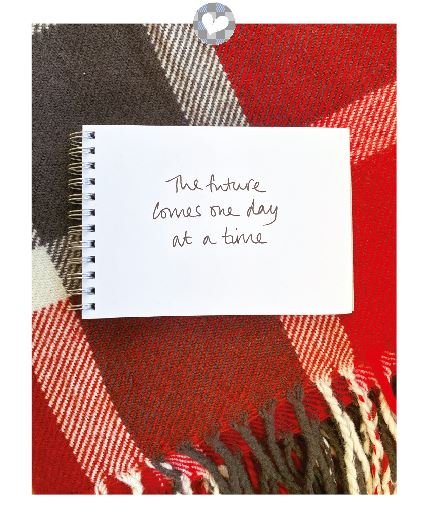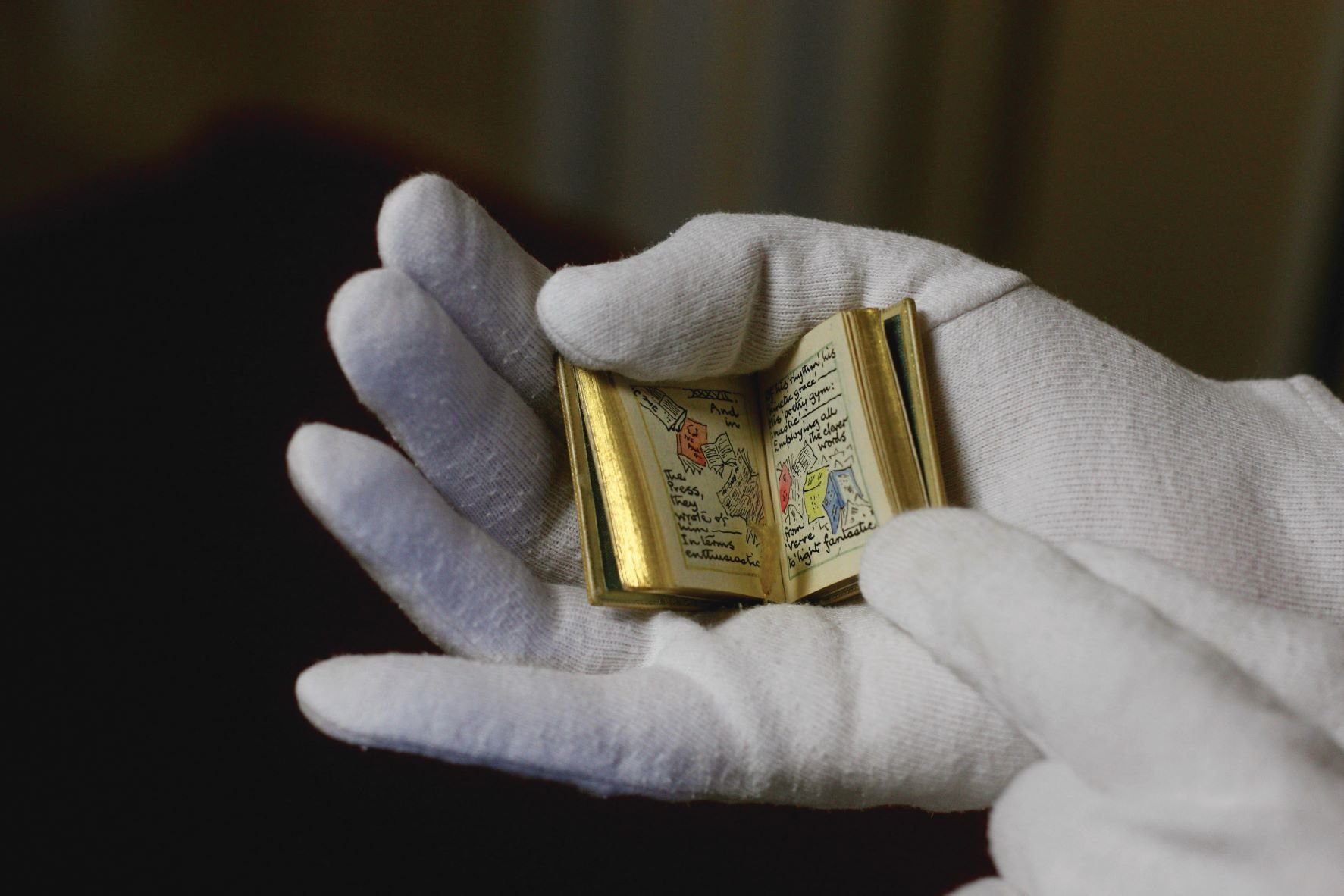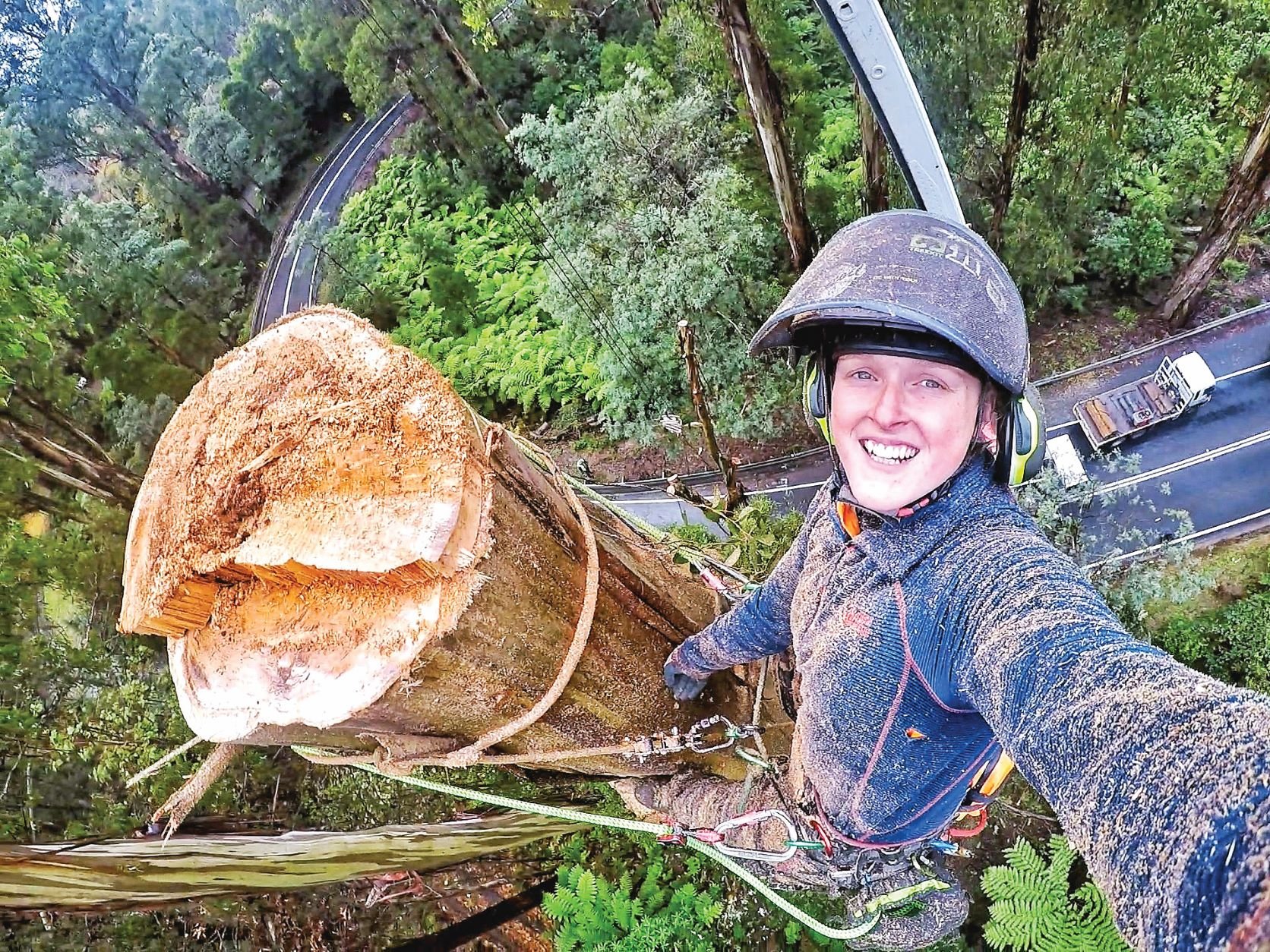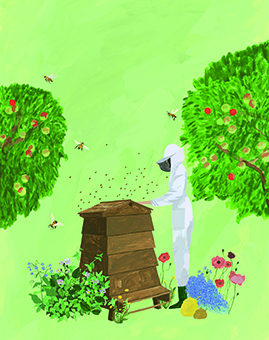Turning anger into something positive is good for your wellbeing as well as for your cause. If you feel strongly about making the world a better place, here are a few groups that are protesting gently and creatively, that might inspire you.
CRAFTIVISM
Sarah Corbett of Craftivist Collective was a conventional activist for 30 years before setting up this group, whose members use “beautiful crafted works to help themselves and encourage others to be the change they want to see in the world.” Pick a project you’d like to work on, from barbie doll activists to stitched messages on hankies, and work individually or as a group while connecting with other craftivist members.
RIGHT TO ROAM
Join the campaign for greater access to our land and waterways. There are lots of ways to get involved, from joining peaceful protests and trespass events to checking and recording the rights of way in your area. Check out righttoroam.org.uk for updates and details of future events. Recent changes to the law that prohibited wild camping in Dartmoor are under appeal following protests and campaigns (insta: @thestarsareours.uk), proving that change can happen. Check out the Scottish Outdoor Access Code to see what responsible nature access looks like (since 2003, people in Scotland have had access rights to most land and inland water): outdooraccess-scotland.scot, while greenandblackcross.org has info on protest and trespass laws.
GUERRILLA GARDENING
Plant and grow in public spaces to transform local areas, empower communities, support our ecosystem and make a statement about public access to common land and nature. Guerrilla gardeners plant and maintain scraps of neglected land such as grass verges, street tree beds, car parks, roundabouts and so on
TRASH-FREE TRAILS
Never mind leave no trace, the trash-free trails mission is to leave a positive trace by clearing rubbish as you walk/run/cycle. Join the community of litter pickers, document your route and your haul, and take satisfaction in reporting your trail clean at the end. It’s a great way to combine nature and exercise with making a positive contribution. Visit trashfreetrails.org for info.
INCREDIBLE EDIBLE
Help turn disused plots of land into growing patches to supply the community with fresh, locally grown food. What started with a couple of friends in Todmorden, West Yorkshire, in 2008, has grown to over 100 groups across the UK. Their motto is ‘If you eat, you’re in.’ If you want to join up or start your own, see incredibleedible.org.uk for details – and watch Pam Warhurst’s TED talk for inspiration.
YARN BOMBING
If you’re a dab hand with knitting needles you could have a lot of fun joining a yarn bombing group. They create knitted and crocheted works of art to appear in public places, often to draw attention to an issue but sometimes just for decoration and to raise awareness of the craft. Some groups also create knitted products for charities and events. See if there are any guerrilla knitters in your area and, if not, see how much interest there is. All you need are a few people and a pile of wool.
The above ideas were taken from our feature The Power of Gentle Protest by Rebecca Frank in our July issue. You can read more from page 47.
Buy this month's The Simple Things - buy, download or subscribe
SHARE YOUR GENTLE ACTIVISM
We’d love to hear about your gentle protests. Email us: thesimplethings@icebergpress.co.uk or leave your story in the comments below.



